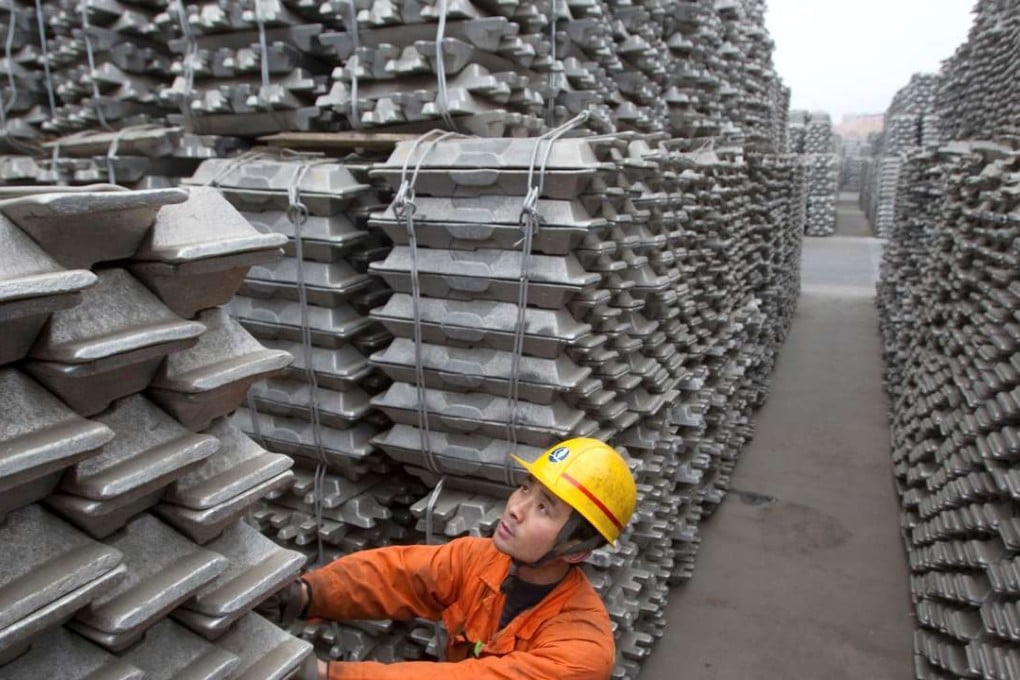Russian aluminium giant Rusal goes greener and higher up the value chain

Rusal, the world’s second largest aluminium smelter, plans to spend US$600 million to US$700 million annually until 2020 to raise its output capacity of higher value-added alloy products, as it seeks to raise profit in the face of excess capacity.
Rusal also aims to use hydro power to generate all of its electricity needs by 2020, up from 80 per cent currently. The new hydro power capacity will replace coal and natural gas-fired power as the company expects to be subject carbon emission charges in the future, said chief executive Vladislav Soloviev.
“I was in Paris two weeks ago where countries are preparing for the [22nd session of the global conference to tackle climate change] ... everybody recognises that a carbon price will be here for sure sooner or later, the question is how much,” he said.
“We have already started to calculate for internal purposes a carbon price in order to rearrange our power investment projects,” he said, adding that Rusal has built in a US$10 a tonne cost for carbon emission from next year for business planning purposes.
The Moscow-based firm listed in both Russia’s capital and Hong Kong, is also spending up to US$50 million a year on new alloy products research and development together with key customers to meet their needs.
Rusal is upgrading its production facilities so that they can produce more alloys that are increasingly in demand due to their lightweight and sturdy properties that can compete with steel products in vehicles.
